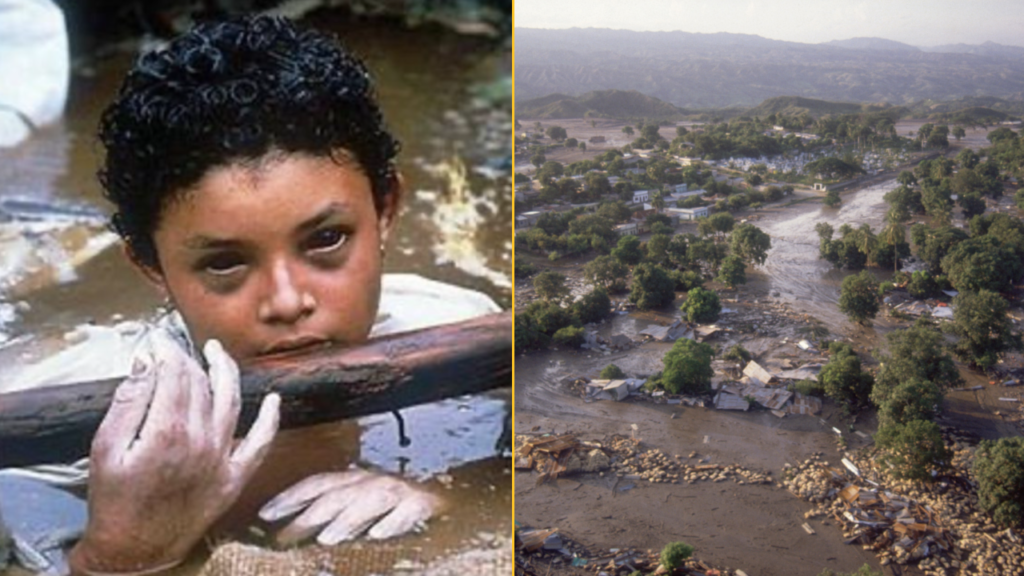A photographer who took a scary picture of a young child stuck in a volcanic mudflow has explained why he didn’t save her.
The worst natural disaster Colombia has ever experienced was the 1985 eruption of Nevado del Ruiz. For 69 years, the volcano had not erupted.
Two months before the disaster, volcanological groups told the government to leave the area because they had seen signs of volcanic activity.
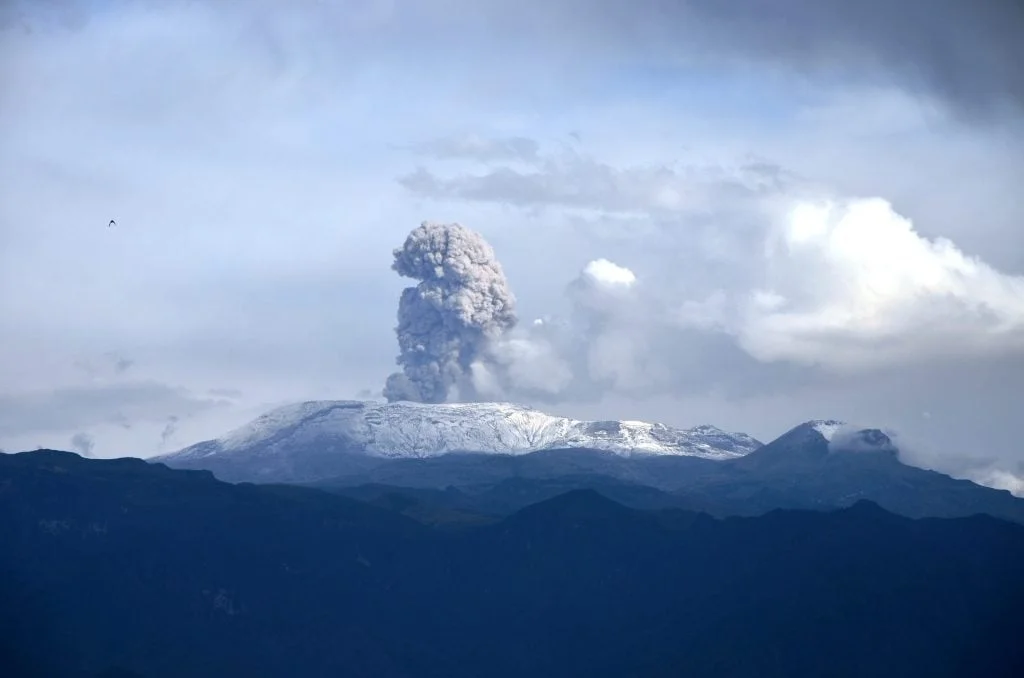
Because they didn’t respond, thousands of people died.
As pyroclastic flows came down the flanks of the volcanoes, they generated mudflows (lahars) and landslides that moved at 30 mph. It got even faster and swallowed up the town of Armero.
Even though it wasn’t a big eruption, the heat melted the snow and ice off of the glacier that was on top of the volcano. It is said to have released three lahars, which are flows of rock, volcanic debris, mud, and water.
A picture from the disaster has shattered many hearts since it shows a little girl who was stuck.
The eruption of Nevado del Ruiz killed 20,000 of the 29,000 people who lived in the town.
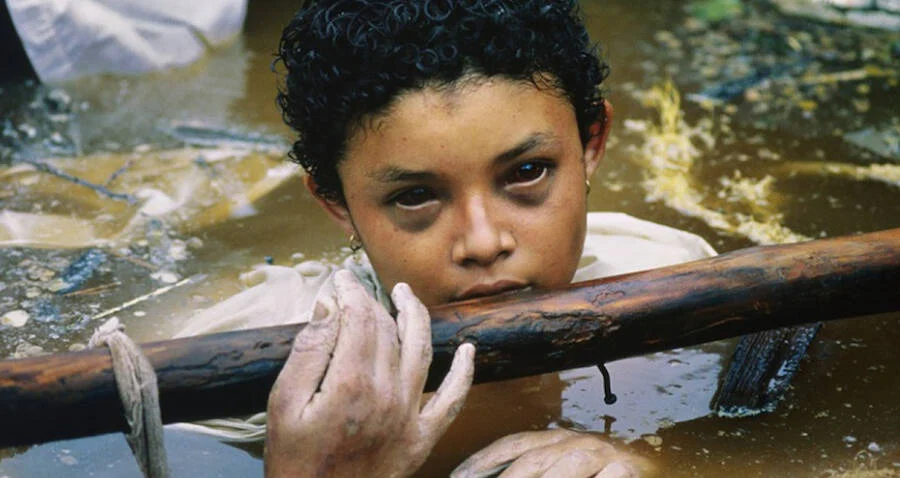
Credit: Wiki Commons
The accident also had an effect on nearby communities, raising the overall number of de@ths to between 23,000 and 25,000.
It took relief personnel 12 hours to get to the village of Armero after the natural tragedy on November 13.
Unfortunately, 13-year-old Omayra Sánchez Garzón was buried beneath the debris after the lahars destroyed her home.
The girl couldn’t move and was stuck in a puddle of filthy water that was up to her neck.
According to The New York Times, volunteers heard the girl’s calls for aid and found her stuck between a wall and the body of her aunt.
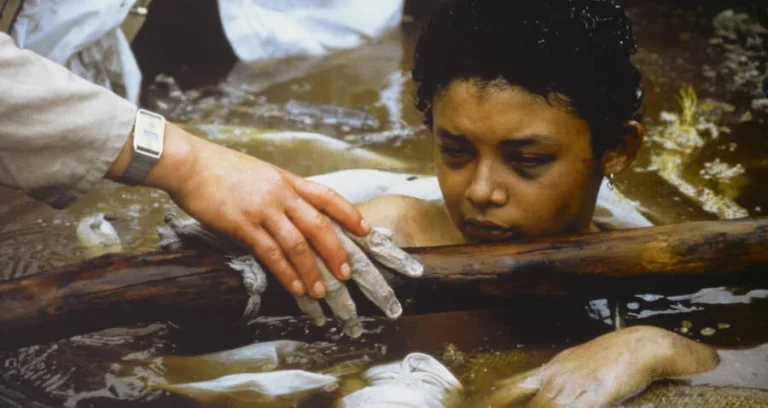
Credit: Wiki Commons
Firefighters, volunteers, and a lot of other people from the region tried to dig and get the 13-year-old out.
They even tried to dislodge the girl’s dead aunt, but her arms were said to be wrapped around Omayra’s legs.
In another effort to release her, Red Cross workers had petitioned the authorities for a pump to help lower the water level.
There are stories that people talked of maybe cutting off Omayra’s legs, but it became evident that this wouldn’t be possible because they didn’t have the right tools.
Red Cross workers, journalists, and other volunteers stayed with the girl to keep her company. One of them was French photojournalist Frank Fournier.
He took a picture of Omayra, which was seen all around the world.
The picture of the girl became the symbol of the disaster, and Fournier won World Press Photo of the Year in 1986.
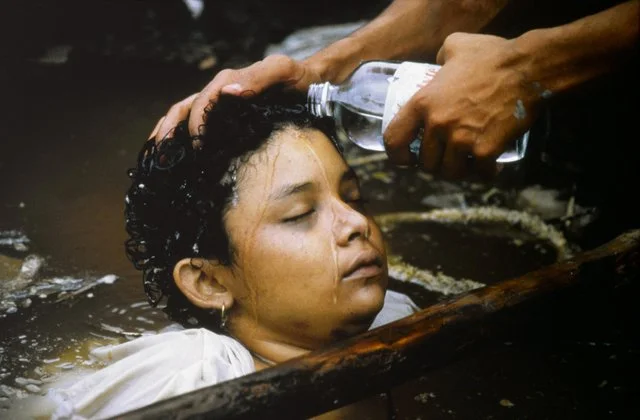
The sad picture shows Omayra in the dirty water with only her hands and head above water. She had bound her wrist to a piece of wood she was hanging onto to try to help.
In reaction to the criticism, Fournier stated, “There was an outcry—debates on TV about the nature of the photojournalist and how much of a vulture he or she is.”
I was happy that people responded to the news, and I felt that reporting it was essential. If no one had cared, it would have been worse.
The most unsettling part of Fournier’s picture is that Omayra’s eyes look dark.
The chilly water and the pressure on her legs made her eyes quite bloodshot.
A lot of people were angry with the photographer for taking the picture instead of helping Omayra in her last moments.
Fournier said in response to the backlash, “There was an outcry—debates on TV about the nature of the photojournalist and how much of a vulture he or she is.”
I thought it was vital to report the story, and I was glad that others reacted to it. It would have been worse if no one had cared.
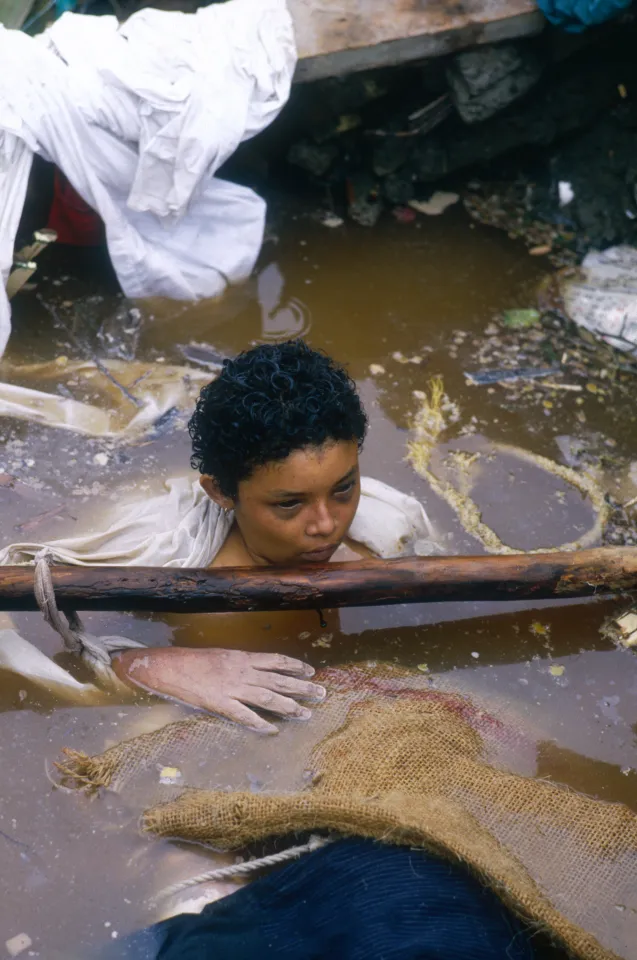
Unfortunately, they were unable to help Omayra, who passed away on November 16 after being trapped for 60 hours. People believe she died of gangrene or hypothermia.
According to Fournier, “When I took the pictures, I felt completely helpless in front of this little girl who was facing de@th with strength and grace.” Her life was coming to an end, and she knew it.
I thought that the only thing I could do was to write honestly about the little girl’s bravery, pain, and dignity and hope that it would inspire people to aid the ones who had been rescued and saved.
“I thought I had to tell what this little girl went through.”
